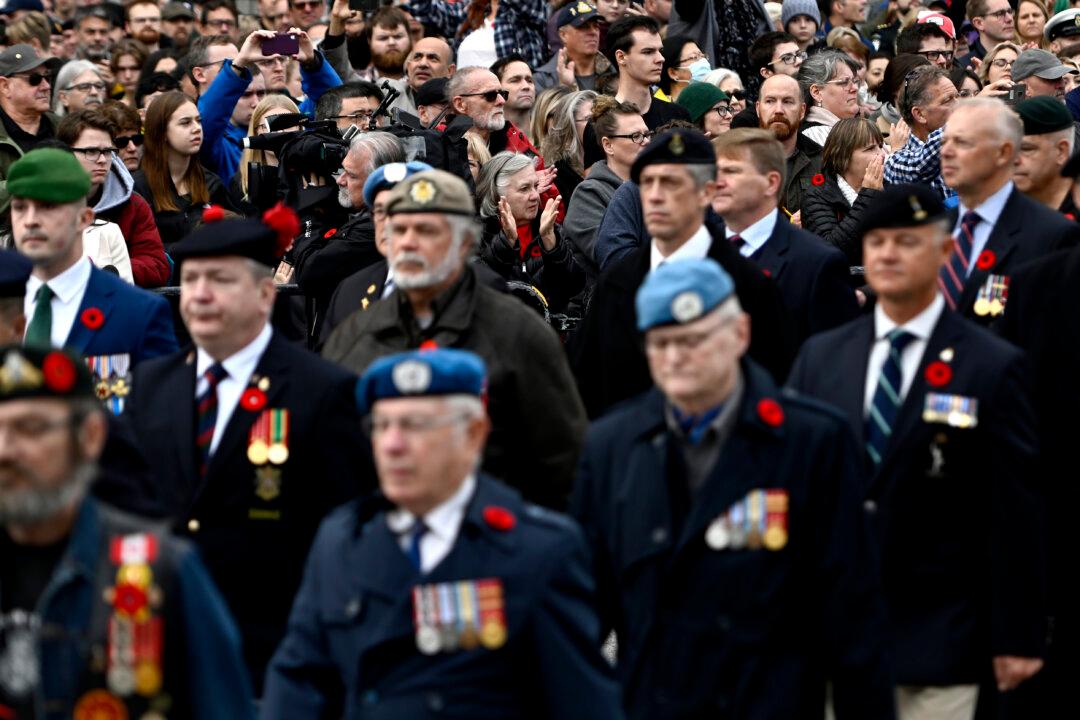Data from the 2021 census shows that the number of veterans is 34 percent lower than previous estimates by Veteran Affairs Canada (VAC), according to a federal document. The federal department says the overestimation has no impact on its government-funded programs.
In a March 20 briefing note, VAC responded to questions about why the 2021 census counted 461,240 veterans—approximately 34 percent lower than the department’s own 2021 estimation of 617,800 veterans. The issue was first reported by Blacklock’s Reporter.





